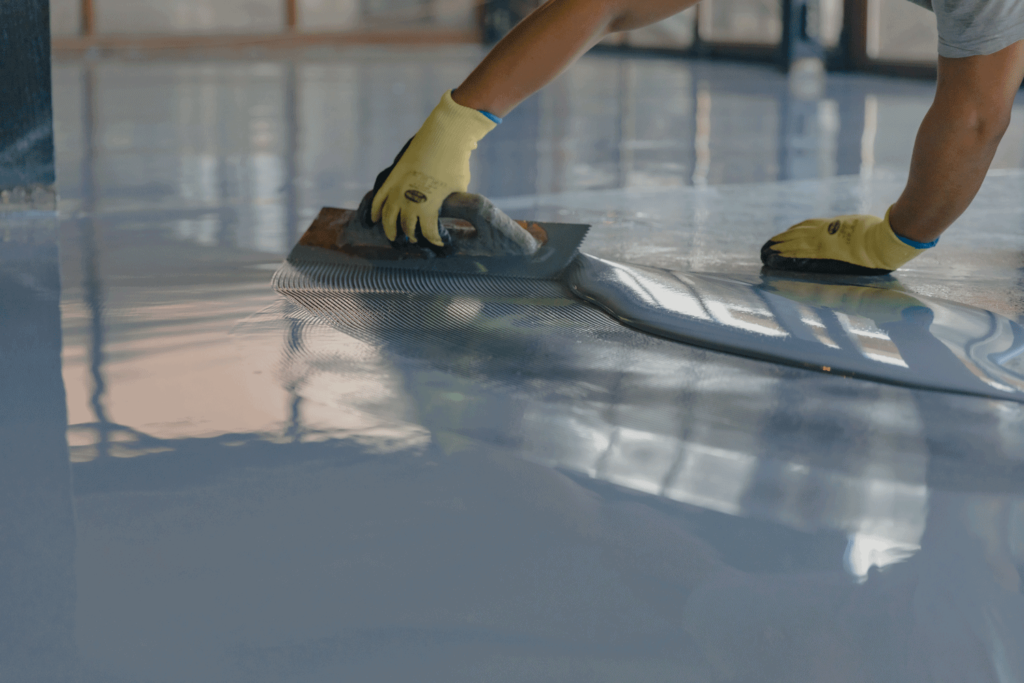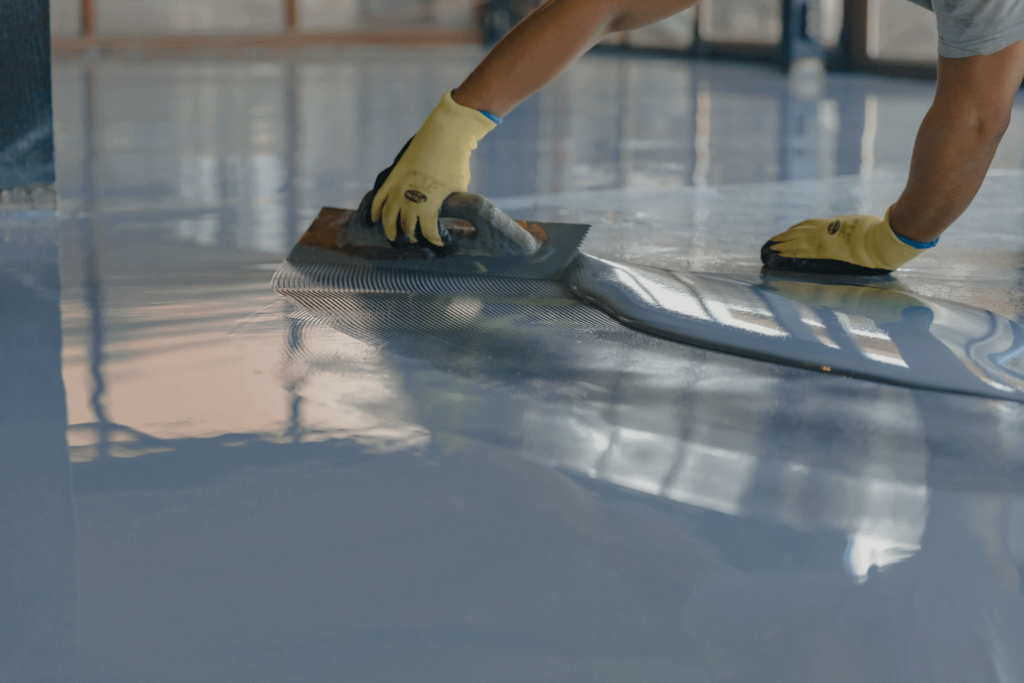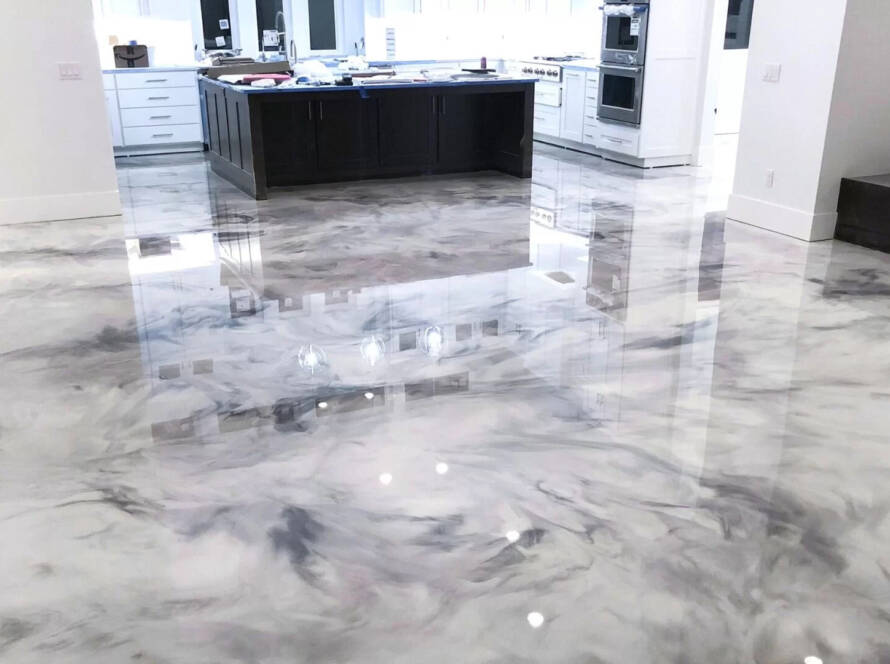
Epoxy design glue for wood works well with a variety of wood types including oak, pine, cedar, fir, birch, maple, mahogany, plum, and maple. Epoxy adhesives were originally developed in the 1950’s in an effort to create weatherproof furniture. Now they have developed into a wide range of products that can be used for everything from repairing cracks to applying decorative paint to finished wood surfaces. Epoxy has come a long way from its humble start. Today it is used in a wide variety of home projects and there are many reasons for this including cost effectiveness, durability, easy application, and ease of use. Epoxy has been proven to be a durable and safe adhesive to provide a high-quality, durable, and resilient finish on wood items such as floors, shelves, cabinet doors, shower walls, appliances, countertops, moldings, doors, windows, and trim.
In this article we are going to cover some of the benefits of epoxy glue for wood as well as how to apply it and why it is so successful. We will discuss the difference between hardeners, resins, and hardeners.
HOW TO USE WOOD EPOXY Design

Follow these simple steps to successfully apply woodworking epoxy.
- Prepare the surfaces. Make sure that they’re clean and dry.
- Get the syringe ready for epoxy design. Cut the tips, then tilt the syringe up and depress the plunger to push out the air bubbles.
- Dispense the resin and hardener. Use a clean, disposable container like a paper cup.
- Mix. For best results, mix thoroughly for about a minute.
- Apply the wood epoxy. Spread the epoxy in a thin, even layer on both surfaces and press them together.
- Remove any excess epoxy. It’s best to remove it quickly while it’s still wet, using a cloth and methylated spirit. Once it’s cured, you can scrape it off with a knife.
How Strong is Wood Glue Really?

As a whole, wood glue is stronger than wood. Most types of wood can withstand a force between 1000 PSI (Pounds per square inch) and 200 PSI while most wood glues withstand between 3000 PSI and 4000 PSI. If a glued joint breaks it´s the wood that gave in most of the time and not the glue.
So as you can see, wood glues are indeed stronger than wood. But that doesn´t mean that simply gluing wood is necessarily the best way to join two pieces of wood. There are a few things that can strengthen a glued connection and ensure that the wood won´t break as easily when put under stress.
WHAT’S THE BEST EPOXY Design FOR WOOD?
Look for epoxies especially designed for woodworking. UniBond Epoxy Repair: Wood is a strong, durable epoxy that sets in just five minutes. It’s ideal for making quick fixes around the house – a cracked shelf, mantelpiece or any wooden furniture that needs to be stuck back together. This epoxy is waterproof and dries transparent. Once it’s set, you can sand, drill or paint it for smoother, more professional results.
Some epoxies can even be used with a variety of materials. UniBond All Purpose 1 Minute Epoxy and UniBond All Purpose 5 Minute Epoxy are suitable for bonding and repairing wood, as well as ceramics, metal, glass, and many other materials. These epoxies are easy to use and especially convenient if you need to get a job done quickly, as they come with instant mix syringes.
Epoxy Resin Benefits

Epoxy resin has several benefits that make it an ideal choice for residential garage floors, inside flooring and commercial floors:
- It repels dust and liquids
- It is easy to keep clean and maintain
- It is impact resistant
- It can bear heavy weight such as those of vehicles and equipment
- It helps prevent slips and falls
- It has a seamless finish and sheen
- It is attractive and looks expensive
- It is affordable
- It is a greener choice than many other flooring materials



